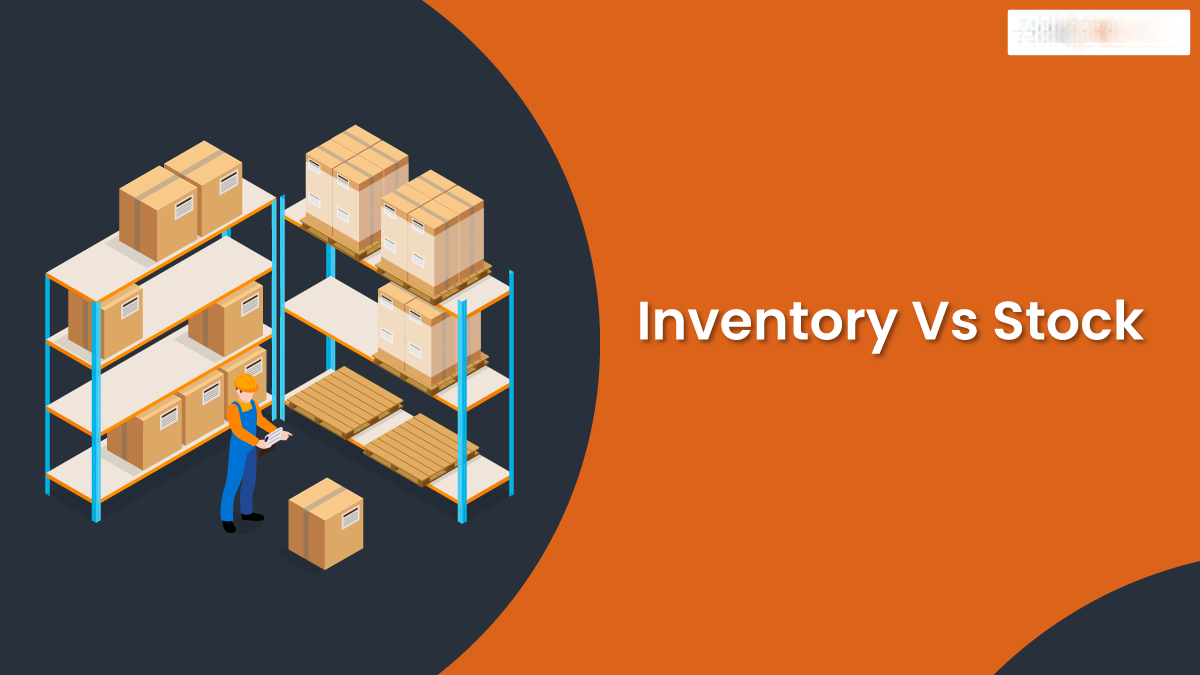
Welcome to our comprehensive guide on the vital distinctions between inventory vs. stock. In this article, we will delve into the nitty-gritty details, providing you with a clear understanding of these terms and how they impact businesses. With our expert insights, you’ll be better equipped to optimize your inventory management, streamline operations, and make informed decisions that drive success.
What Is Inventory?
Inventory, in business, refers to all the products and materials a company holds, including raw materials, work-in-progress items, and finished goods ready for distribution. Efficient inventory management is vital for smooth operations and meeting customer demands. It involves tracking turnover rates, minimizing costs, and optimizing supply chains. Proper inventory management ensures streamlined processes and customer satisfaction, leading to a competitive advantage in the market.
What Is Stock?
Stock, in business, refers to the finished goods a company has available for sale to customers. It includes products ready to be distributed and purchased. Efficient stock management is vital for meeting customer demands and ensuring a seamless shopping experience. Balancing stock levels is key to avoiding excess holding costs or missed sales opportunities. By understanding consumer demand and using inventory management tools, businesses can optimize stock levels and thrive in the market.
Differentiating Inventory and Stock
While the terms “inventory” and “stock” are often used interchangeably, they carry distinct implications for businesses.
1: Purpose
Inventory serves as a comprehensive term, representing the entire stockpile of resources a company needs for its operations. It includes materials required for production, safety stock, and the finished products awaiting distribution. In contrast, stock emphasizes the products ready for the market, awaiting customers’ purchases.
2: Accounting Perspectives
From an accounting standpoint, the differentiation becomes crucial. Inventory is an asset on the balance sheet, encompassing the cost of raw materials, work-in-progress, and finished goods. Stock, however, only represents the finished goods’ cost.
Managing Inventory and Stock
Effectively managing is vital for any business to ensure smooth operations and meet customer demands.
1: Inventory Management
Inventory management involves various aspects such as inventory turnover rate, carrying costs, and reorder points. By optimizing these factors, businesses can strike the perfect balance between having sufficient stock to meet demand and avoiding excess inventory that ties up valuable capital.
2: Stock Management
On the other hand, stock management revolves around strategies to reduce stockouts and overstock situations. Leveraging demand forecasting and real-time sales data allows businesses to maintain adequate stock levels and prevent lost sales opportunities.
Inventory vs. Stock: Impact on Business Performance
The way a company handles its inventory and stock can significantly influence its overall performance.
1: Inventory Efficiency
Effective inventory management translates into minimized holding costs, reduced wastage, and optimized production processes. This efficiency leads to improved profitability and higher returns on investment.
2: Stock Availability and Customer Satisfaction
Maintaining optimal stock levels directly impacts customer satisfaction. Adequate stock ensures that customers can readily purchase products, fostering brand loyalty and positive customer experiences.
Key Challenges in Inventory and Stock Management
Every business encounters challenges when dealing with inventory and stock.

1: Demand Forecasting Accuracy
Accurate demand forecasting can be complex, as it relies on various external factors, market trends, and customer behavior. A precise forecasting model is crucial to prevent stockouts or surplus inventory.
2: Supply Chain Disruptions
Unexpected events, such as natural disasters, supply chain breakdowns, or economic crises. Robust contingency plans are necessary to tackle such challenges.
Strategies for Effective Inventory and Stock Management
Overcoming the challenges associated with management requires strategic planning and proactive measures.
1: Embracing Technology
Adopting advanced inventory management software and stock monitoring tools can provide real-time insights, enabling businesses to make data-driven decisions and respond swiftly to changing market demands.
2: Collaborating with Suppliers
Maintaining a strong relationship with suppliers fosters better communication and ensures a steady supply of raw materials, reducing inventory lead times.
Conclusion
In conclusion, a firm grasp of the differences between inventory and stock is paramount for achieving operational excellence and customer satisfaction. By implementing robust inventory and stock management strategies, businesses can thrive in dynamic markets and establish themselves as industry leaders.
Remember, mastering inventory vs. stock management is an ongoing process that requires adaptability and a commitment to optimizing resources. By staying informed and proactive, you can unlock the full potential of your supply chain and drive your business towards long-term success.